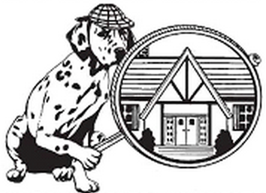Indoor mold can trigger allergies or allergy-like symptoms affecting the upper respiratory system. Although other, more serious problems may occur if people are exposed to very high levels of mold, the most common complaints are:
• nasal and sinus congestion
• cough
• wheeze/breathing difficulties
• sore throat
• skin and eye irritation
• upper respiratory infections (including sinus infections)
The effect of mold on different people can vary widely. However, long-term exposure to high levels from indoor mold growth can eventually be unhealthy for anyone. The following groups of people may be at greater risk than others:
• infants, children and the elderly
• individuals with respiratory conditions or sensitivities such as severe indoor allergies and asthma
• persons with weakened immune systems (for example, people with HIV infection, chemotherapy patients, organ transplant recipients)
Consult a medical professional if you feel your health is being affected by a moldy environment.
Finding a Mold Problem: If you see something that looks like mold, or you detect an earthy or musty smell, you should assume a mold problem exists. The presence of moisture or worsening allergy-like symptoms can also tip you off to a mold problem.
When you check for mold, be sure to:
• Look for visible mold growth (may appear cottony, velvety, granular, or leathery and have varied colors of white, gray, brown, black, yellow, green). Mold often appears as discoloration, staining, or fuzzy growth on the surface of building materials or furnishings.
• Search areas with noticeable mold odors.
• Look for signs of excess moisture or water damage. Look for water leaks, standing water, water stains, and condensation problems. For example, do you see any watermarks or discoloration on walls, ceilings, carpet, woodwork or other building materials?
• Search behind and underneath materials (carpet and pad, wallpaper, vinyl flooring, sink cabinets), furniture, or stored items. Sometimes destructive techniques may be needed to inspect and clean enclosed spaces where mold and moisture are hidden – opening up a wall cavity, for example.
If you’re doing this on your own, be sure to use protective equipment and dust control methods described below.
Dutch’s Home Inspections and Dutch’s Mold Inspections
